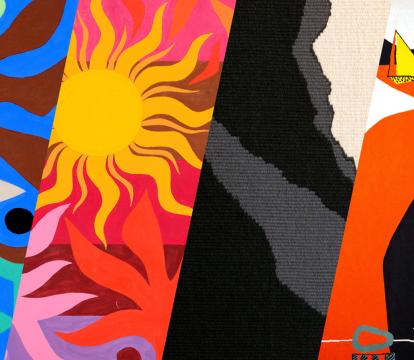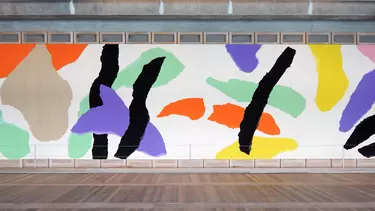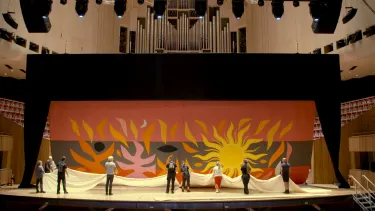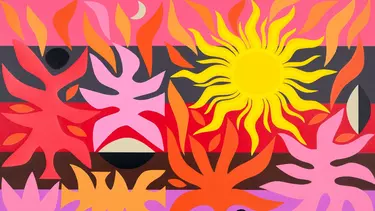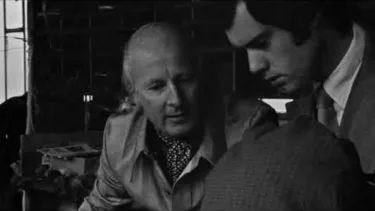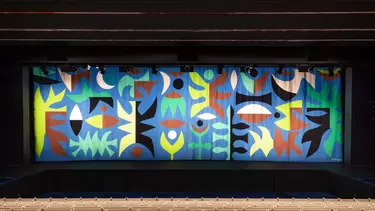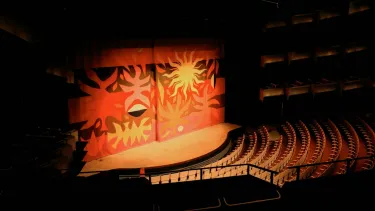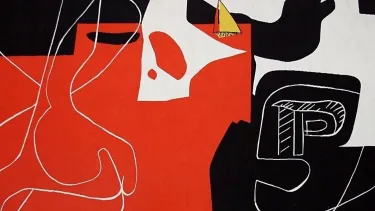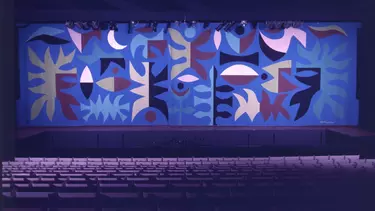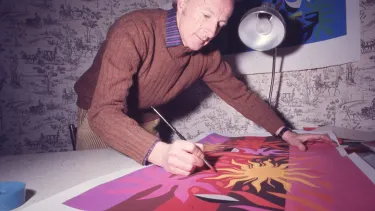Tapestries at the House
The four tapestries that call the Opera House home reveal fascinating stories about the Opera House’s rich cultural heritage and design legacy.
The Sydney Opera House tapestries - Le Corbusier’s Les Dés sont Jetés or The Die Is Cast (1960), John Coburn’s Curtain of the Sun and Curtain of the Moon (1973), and Jørn Utzon’s Homage to Carl Philipp Emanuel Bach (2004) – are all strikingly beautiful works of modern art.
The tapestries reflect Danish architect Jørn Utzon’s design intent for the interior of the Opera House, where he envisioned the use of modern art and vibrant colour to heighten audience members’ sense of anticipation as they took their seats. This vision for the building was in part implemented by Australian architect Peter Hall, who completed the interiors of the Opera House and implemented Utzon’s ideas through his own design lens.
Le CorbusierLes Dés sont Jetés (1960)
Les Dés sont Jetés, which in English translates to The Die is Cast, is a tapestry designed by Le Corbusier, and made in wool by the weavers of the Aubusson workshops of Pinton Frères.
Originally woven at Pinton Frères workshop, Aubusson, France. It measures 3.6 metres wide by 2.18 metres high and is made from linen, wool and metallic thread.
The tapestry was commissioned by Jørn Utzon, principal architect of the Sydney Opera House, who wrote to Le Corbusier during the early, halcyon years of the project, when Utzon was contemplating the sorts of artworks that might adorn the interiors of the finished building.
But it would be another 55 years until the tapestry was situated at Sydney Opera House, as Utzon had originally intended, and where it can now be found today for all to see in the Western Foyers of the building.
In 2015, the Sydney Opera House Trust purchased Les Des sont Jetes at auction for over half a million dollars. Its acquisition was made possible by the support and generosity of a group of Sydney Opera House donors, led by the late Peter Weiss AO, and facilitated by the New South Wales Government.
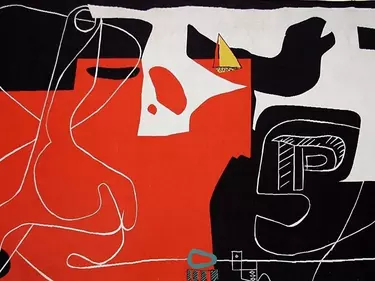
John CoburnCurtain of the Sun and Curtain of the Moon (1973)
When the Sydney Opera House opened to the public on 20 October 1973, about eight years had passed since the original architect, Jørn Utzon had withdrawn from the project, following a serious disagreement with the Minister for Public Works, Davis Hughes. In Utzon’s wake, Hall, Todd and Littlemore – a consortium of three Australian architects – was engaged to finish the third and final stage of the building, including its interior spaces and the glass walls that would enclose them. One aspect of the building that had been so important to Utzon was the use of colour in the experience of visiting the Opera House. “The idea was to see a spectacular building as you arrive and as you enter the foyers you see additional colours... As you enter the Minor or Major hall this explodes into a very rich expression of colours, which uplift you in that festive mood, away from daily life, that you expect when you go to the theatre, a play, an opera or a concert.”
Whilst Utzon was unable to realise all of his ideas, the spirit of his intentions in the use of colour was captured in Peter Hall’s theatre interiors. This included John Coburn’s majestic tapestries the Curtain of the Sun and the Curtain of the Moon, the original house curtains of the Opera Theatre (now the Joan Sutherland Theatre) and the Drama Theatre, respectively.
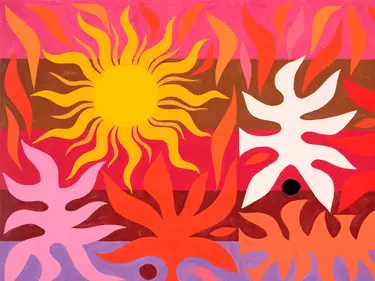
Jørn UtzonHomage to Carl Philipp Emanuel Bach (2004)
In 1999, thirty-three years after leaving Australia and with the tumult of his departure far behind him, Jørn Utzon re-engaged with the Sydney Opera House.
Utzon’s re-engagement included the creation of the first interior space fully realised to Utzon's specifications, with the renovation of what had been the Reception Hall. The Utzon Room celebrates ideas which were fundamental to Utzon's architectural vision for Sydney Opera House.
In 2002, Utzon began discussions to design a tapestry for the western wall, and by July 2003 he had titled the work Homage to Carl Philipp Emanuel Bach. For a total of fourteen metres in length and almost 2.5 metres in height, and using 4,500 kilometres of Australian wool, the finished tapestry weighs 120 kilograms, and took four weavers eight months to complete.
On 16 September 2004, the Utzon Room was opened by New South Wales Premier Bob Carr, and the architect's daughter, Lin Utzon, who had been so pivotal in the tapestry's production.
As architectural historian Anne Watson wrote, “Utzon’s ‘Homage to CPE Bach’ is an homage, not only to music, but to the building that houses it and the reconciliation that saw his re-engagement. It is a work embodying the highest artistic, cultural and technical values and is of unparalleled significance to the history of the Opera House and the heritage of a nation.”

Stream, read & listen
Restoring the Coburn Tapestries
John Coburn was at the height of his fame when the artist was pitched to architect Peter Hall to design the Sydney Opera House theatre curtains in 1969. Hall had taken over from Danish architect Jørn Utzon and was ushering the building towards completion.
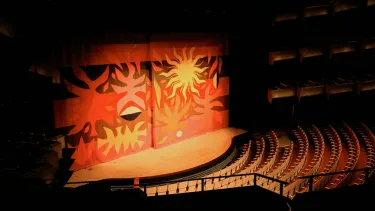
Rosso’s tapestry obsession
Tim Ross, design enthusiast and presenter, has become fixated with the Opera House’s historic tapestries – so much so he’s hosting a podcast about them.
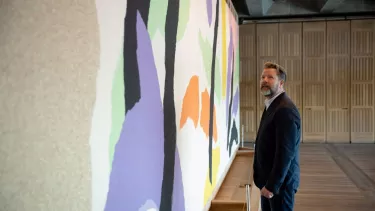
House Stories Season 1: The Tapestries
Design enthusiast, comedian and broadcaster Tim Ross takes us through the archives to unravel how the four Opera House tapestries came to be designed.

Gallery
of
